Features of transportation of dogs on the plane
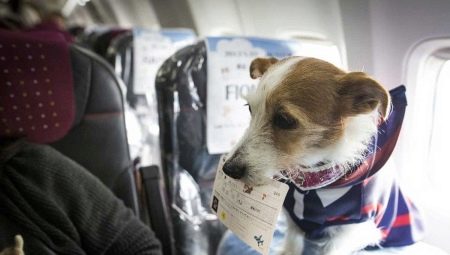
Transportation of dogs by air has its own specifics. Unlike, for example, the same bus, you will have to think about the paperwork and the preparation of the animal itself.
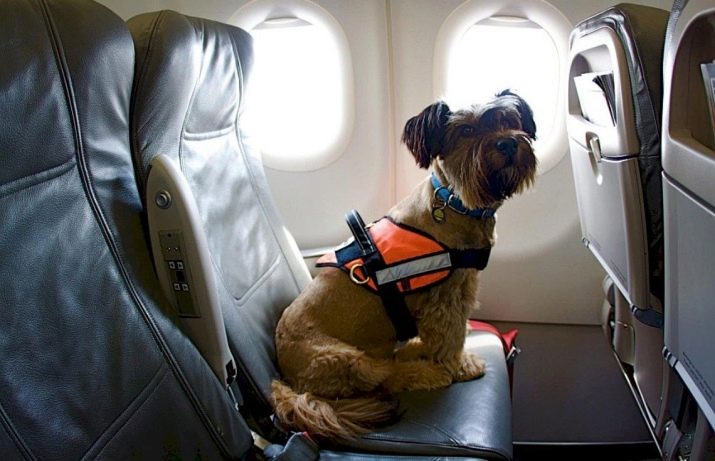
Basic rules of transportation
Dogs can be transported on an airplane, but only subject to several conditions. In this case, the animal can travel both in the luggage compartment and in the cabin itself. Anyway it all starts with the pet owner getting permission from the airline, the services of which he is going to use. In most cases, more than five animals cannot be transported on an airplane at a time, so transportation may well be refused. It is required to start interaction with the carrier at least three days before the direct trip.
If a person arrives at the airport without warning, even with a puppy, he will simply not be allowed on the flight. The cost of transporting an animal depends on its size.
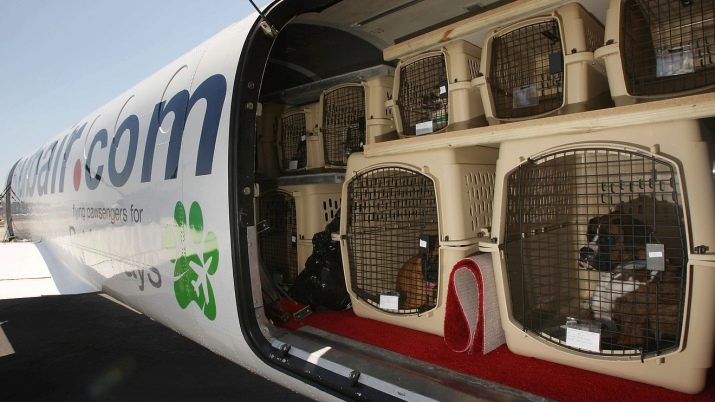
For example, in some cases, you will have to pay about 200 euros for a large dog. A miniature animal will cost much less. Guide dogs fly the plane for free. In some cases, airlines may refuse transportation, which, of course, will be reported at the stage of ticketing.
We are talking about pregnant females, puppies, the age of which does not exceed 3 months, and elderly dogs (over 10 years old). It is also prohibited to transport animals weighing more than 50 kilograms. Experimental or sick dogs are prohibited from transportation.The most dangerous diseases in this situation are problems with the respiratory and cardiovascular systems.
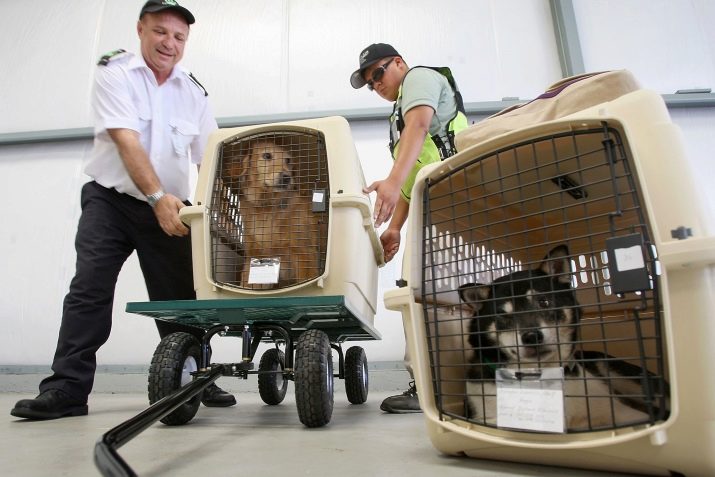
Across Russia
When flying in Russia, it is important to remember that a large dog will still have to be sent to the cargo hold, while small animals can be taken with you to the cabin. In both cases, the animal must be accompanied by an adult. It is a good idea to bring a small veterinary first aid kit with you.as the height can cause discomfort or even pain for the dog. By the way, right before the flight, already at the airport, the animal will have to visit the veterinarian and receive a document confirming this, so it is better to clarify its opening hours in advance.
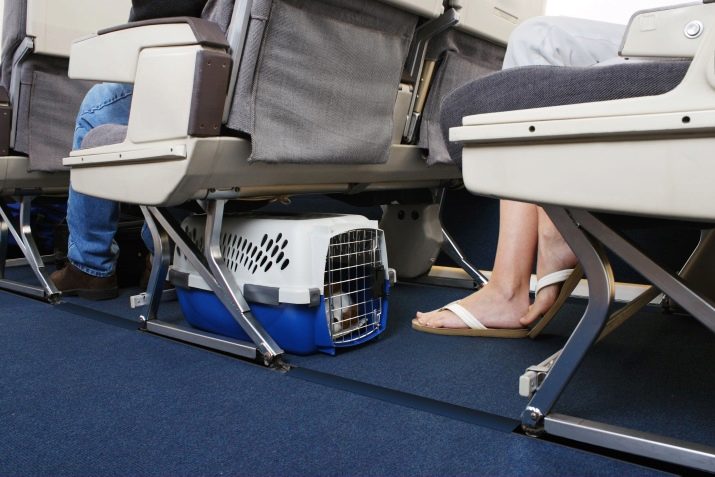
Before starting a trip, it is important to study the rules of transportation of a particular airline, and also not to forget to notify it that the dog will be present on board.
In this case, you will immediately have to indicate its dimensions and container parameters, so the carrier should have already been purchased by that time. If the dog weighs from 5 to 8 kilograms, it is worth additionally finding out if the airline allows it to be carried in a small soft bag. Do not forget to inform the carrier about the breed of the dog, as many refuse to transport brachycephalic individuals. The meaning of this limitation is that the short muzzle of the animal can provoke problems with the respiratory system or heart.
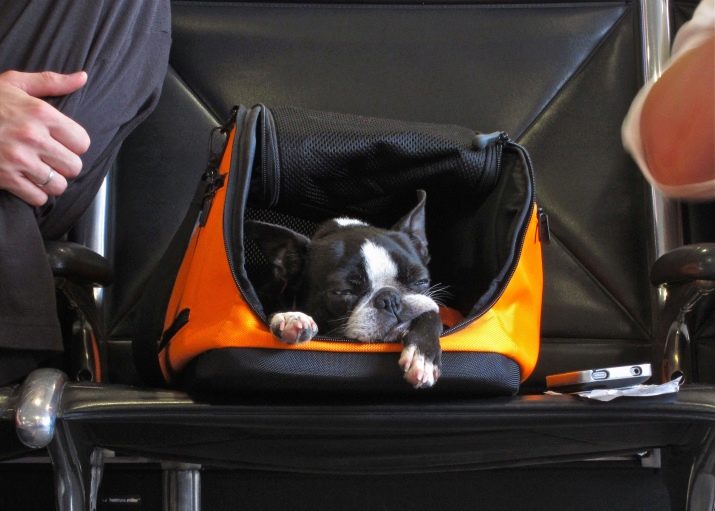
Abroad
It is important to mention right away that the transportation of dogs when traveling to other countries is carried out taking into account the requirements of the country of arrival. For example, the state may have a maximum weight for a pet, or customs officials will require a special certificate that indicates the breed of the animal.
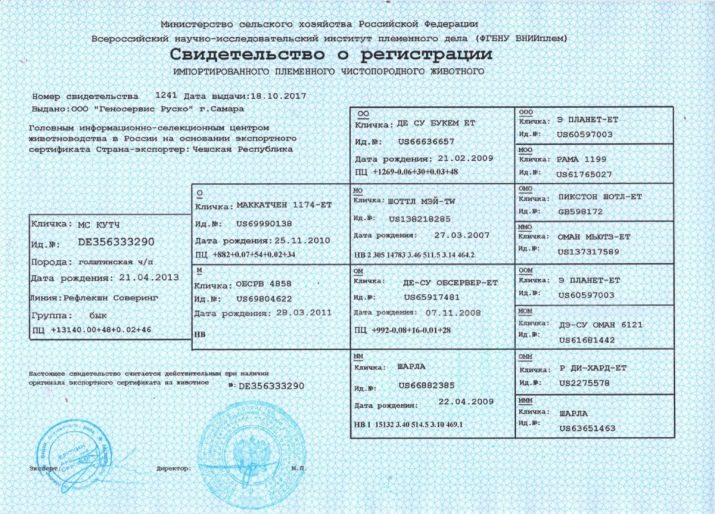
Required documents for dogs
The documents required for transporting a dog in Russia and abroad are slightly different. In the first case, we are mainly talking about a veterinary passport, the information in which is entered by the veterinarian who administers the vaccinations for the first time. The doctor is obliged to prescribe the breed of the animal, color, age, weight and nickname. The information about the owner is immediately indicated - not only his full name, but also the address with a contact phone number. but the main information is still the marks of the vaccinations affixed, among which the rabies vaccine must be present.
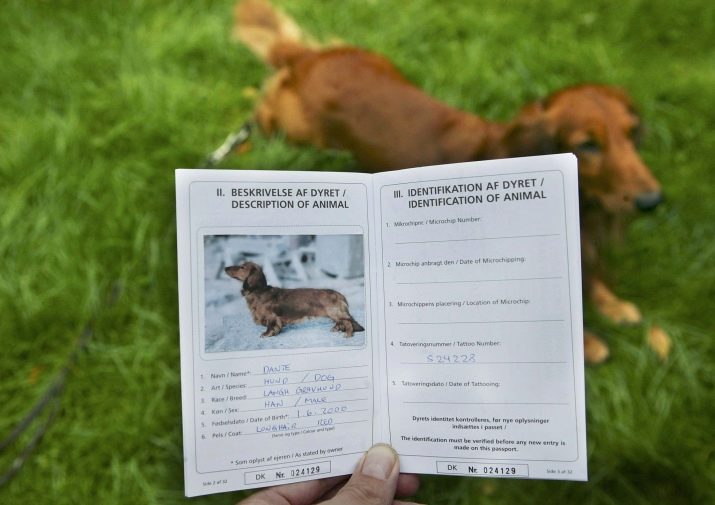
Vaccinations must be affixed no later than 30 days in advance of the planned trip.
Based on the information specified in the veterinary passport, a veterinary certificate is drawn up that meets the legal requirements of the state in accordance with Form No. 1. The document indicates the data of the owner, the name and breed of the dog, its gender and age, the route of travel, as well as the dates of the vaccinations delivered. Such paper is issued in the veterinary service, and it is important to remember that the duration of its validity is limited to 5 days. Experts recommend applying for a certificate a day or even a couple of days before the actual flight.
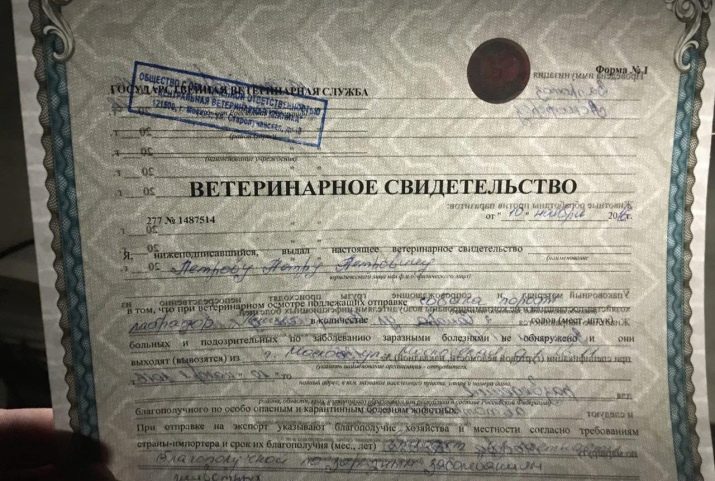
If the pet is to be transported abroad, then an international veterinary passport will be required.
The main essence of such a document is to demonstrate the affixed vaccines, indicated by special labels. To obtain such a document, you will first need to issue a state-issued certificate, which is then exchanged for a passport. The received document is valid for 90 days. Documents should be kept until returning home, as they are often required when leaving the territory of a foreign state.
Chipping should be mentioned separately. This procedure beforehand helps with the loss of the dog. Its essence lies in the fact that an empty capsule is inserted under the pet's skin, in which a microchip with an individual number is placed.
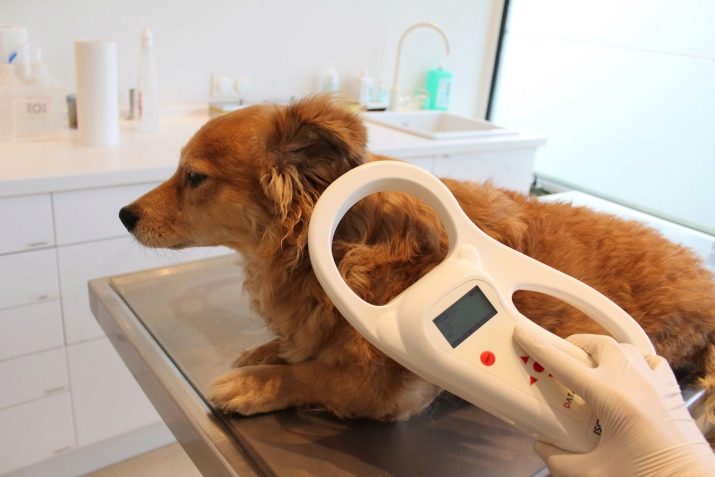
With the help of a special scanner, it is easy to get information about who owns a dog. The export of animals that have not passed the chipping procedure abroad is prohibited.
Carrying requirements
In order for the dog to endure the journey comfortably and calmly, it is necessary to choose a suitable container. The dimensions of the box or cage - length, height and width - are determined depending on whether the dog will be transported in the luggage compartment or in the cabin. Naturally, in the first case, the required dimensions will be larger. In agreement with the airline, a soft and light bag can be used as a carrier. Only one dog can be located in one cage, which is provided with a constant supply of fresh air through special windows.
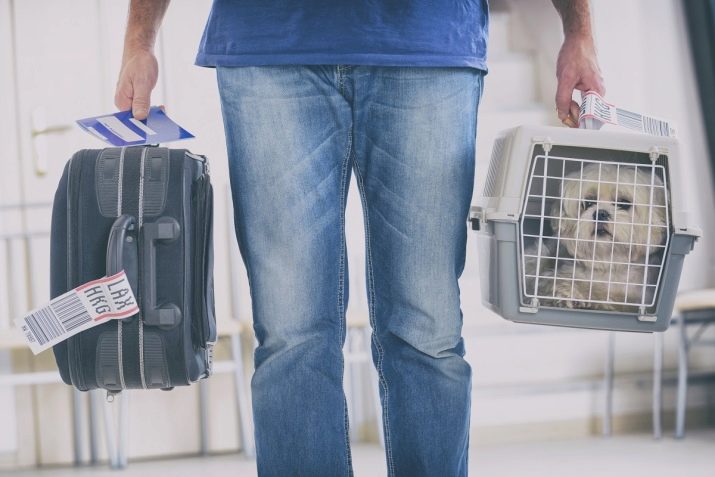
A label with information about the transported animal is also glued directly to the container.
If the flight is carried out abroad, then it must be additionally translated into English. Even at home, the owner must take care of the bottom of the structure - cover it with a soft cloth, and protect it on top with a special absorbent diaper, which can be purchased at the pharmacy. Before the dog goes into the cage, a collar is put on it, the leash from which is placed on the bottom of the carrier. The door of the structure is locked.
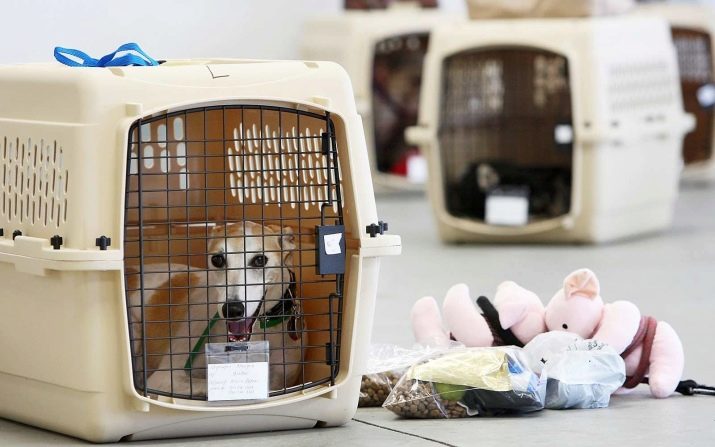
Differences between air transportation of dogs in the cabin and in the luggage compartment
Whether the dog will travel in the cabin or in the luggage compartment is determined by its size. If the weight of the animal is 8 kilograms or less, it can be taken as "carry-on baggage". In this case, the dog sits in a cage or container, the length of all sides of which does not go beyond the boundaries of 1.15 meters. It is important to choose a carrier in such a way that the pet feels comfortable inside and reasonably spacious, being able to straighten its paws, and also lie down. The cage or container will be placed in areas near the toilet or emergency exit.

Those dogs weighing more than 8 kilograms can only travel in the cargo hold.
In this case, cages or containers are chosen of a much larger size - at least 1.55 meters for each side. Arriving at the airport, the owner goes to check-in luggage, where he checks out his pet. After filling in all the necessary papers, a special sticker with a barcode is glued to the carrier, which is necessary for the distribution of cargo for the flight. Then the dog goes to the compartment in which trays for cages are already fixed.

How to prepare an animal for the flight?
Dogs tolerate air travel relatively well, but only if they are properly prepared in advance. About 4 hours before departure, you must stop feeding the animal. In the event that the pet will fly in the cabin, it is recommended not to feed it during the entire trip. The dog will have to be walked so that it has already gone to the toilet. With regard to sleeping pills and sedatives, many veterinarians speak out against this, as taking pills leads to a decrease in blood pressure.
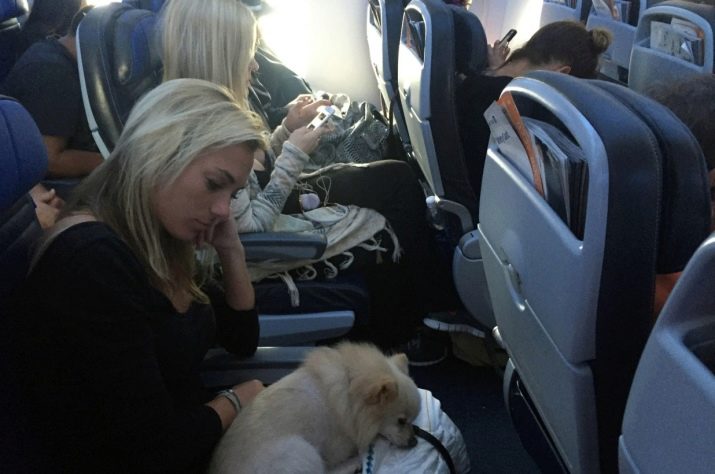
Considering the take-off and landing processes, all this can even lead to the death of a pet.
The animal should be accustomed to the cage in advance. You can just put it at home, put a toy, a treat inside, or place a drinker so that the dog goes inside calmly without experiencing any stress.
Special cases of transportation
Special cases of transportation are typical for guide breeds and service dogs. In the first case, the animal can travel even with a child over twelve years of age. You will not need to pay for transportation if you provide the required documents in advance: about the disability of a traveling person and about the service category of the pet. Service dogs travel also free of charge and also in the cabin. Again, the only requirement is the availability of documents.
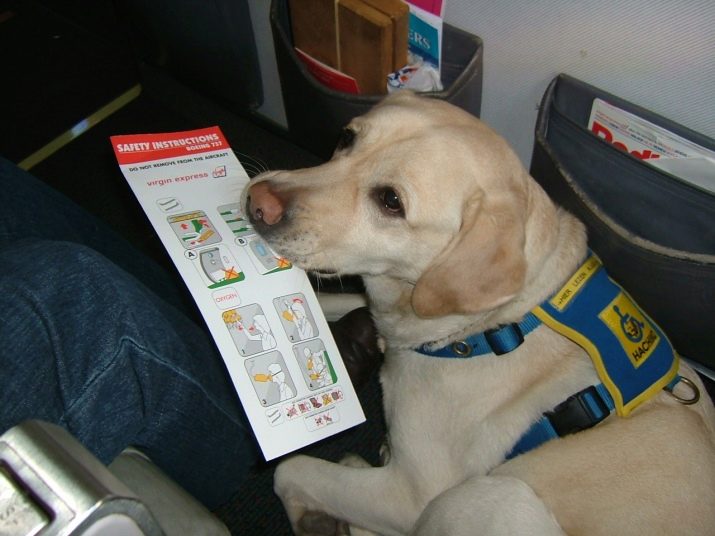
Both those and other dogs get into the cabin even before the passengers pass there.
They travel in a muzzle and in a leash tied to the seat of the accompanying person. The owner must ensure that the animal does not damage property, does not interfere with other travelers, and does not occupy the aisles and spaces near emergency exits.
In some exceptional cases, a dog can travel without an owner. Authorization for this service depends on the carrier. In addition to standard documents, in this case, it is necessary to issue a power of attorney for an airline employee who will act as an escort. The owner brings the dog to the airport, who then writes a statement and hands the animal over to the employee.
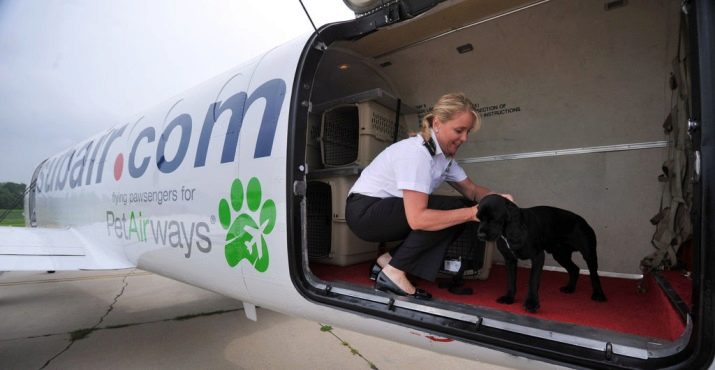
How to transport an animal by plane, see below.






































